You’re probably familiar with the standard skin types—dry, oily, and combination. If you don’t know your skin type, you could find yourself frustrated when you try a new skincare product for dry skin and it causes a breakout on your nose and forehead. Maybe your dry skin is actually combination skin?
Skincare products are designed to complement the natural biochemistry of your skin. Consequently, your skin type affects the types of products that work best for you. A simple at-home test can pinpoint your skin type to better help you pick skincare products that bring out your skin’s natural glow.
How to know your skin type
Identifying your skin type can be a little more complicated than this test. However, most of the time, it will give you a good idea of where your skin falls on the skin type spectrum.
Step 1
Wash your face with a gentle cleanser like SkinResourceMD’s Total Facial Cleansing Gel. It’s non-drying and won’t strip your skin of its natural moisture.

Step 2
Pat your face dry with a clean towel.
Step 3
Wait 30 minutes.
Step 4
Take a good look at your face when that 30 minutes is up. If you have:
- No dry or shiny areas, you probably have normal skin.
- General shininess all over your face, you probably have oily skin.
- Dry patches or the skin feels tight all over, you probably have dry skin.
- Shininess on the forehead, nose, and chin and dryness on the cheeks, you probably have combination skin.
Normal skin
First, everyone’s skin is normal for them. The term “normal” in this instance simply means that your skin is neither excessively oily nor dry. Most people with normal skin may have an occasional breakout but breakouts aren’t typically a frequent problem. Normal skin can handle changes in the weather and doesn’t feel tight after washing with a gentle cleanser.
Normal skin tips
In general, your skin can tolerate most ingredients and doesn’t flare up or break out when you change your skincare routine. Your skin’s moisture balance can also help you avoid fine lines and wrinkles.
Your skincare routine can be as simple as a gentle cleanser, a moisturizer of your preference, and sunscreen. However, you can mix up and play with your routine by:
- Adding a toner after cleansing, like SkinResourceMD’s Visibly Moist Toner
- Fighting damage by free radicals with Total Antioxidant - Vitamin C Facial Serum
- Treating wrinkles with Baobab Skin Correction Facial Cream or Alpha Hydroxy Skin Renewal Serum
- Ultra-hydrating at night with Ultra Rich Biolipid Cream
Dry skin

Your skin’s natural oil is called sebum. People with dry skin may not produce as much sebum as their skin needs to stay naturally hydrated. Others can develop dry skin due to their environment or lifestyle.
For example, many people experience dry skin in the winter because cold air holds less moisture than warm air. When your skin is too dry, it may feel tight and look dull. You may develop dry patches where the skin flakes or gets easily irritated.
Your skin may also become excessively dry if you’re dehydrated, so make sure to drink at least 64 ounces of water a day. You’ll need more water if you’re active or the weather is warm.
Dry skin tips
Dry skin needs help staying hydrated. You can use heavier moisturizers without the skin clogging, and you may want to keep a lighter moisturizer on hand to put on your face throughout the day. You can try:
- Visibly Moist Toner before applying your moisturizer for an extra spritz of hydration
- Ultra Rich Biolipid Cream for a rich, hydrating moisturizer in the morning and before bed
- Hyaluronic Moisture Boost Serum before applying moisturizer to lock in extra moisture
- Oil Free Antioxidant Facial Moisturizer as a lighter moisturizer that easily applies and absorbs throughout the day
Oily skin

Oily skin produces more sebum than the skin needs to stay hydrated. If you have oily skin, you may experience regular breakouts when the excess sebum clogs the pores. Your skin may also look and feel greasy or shiny most of the time, even if you regularly wash your face.
Oily skin tips
You might be tempted to over scrub your face to remove unwanted oil. However, you’ll get better results by being gentle and using an equally gentle cleanser on oily skin. Removing too much oil can strip the skin of its natural hydration, causing it to produce even more sebum to rehydrate the skin. A gentle cleanser like Tea Tree Deep Clearing Facial Cleanser removes excess oil and kills the bacteria that cause breakouts but still leaves the skin hydrated.
Try to avoid oil-based products. Products that can help you manage oily skin include:
- Pore Purifying Astringent uses natural ingredients to target acne and smooth the skin
- Oil Free Antioxidant Facial Moisturizer acts as a light, fast-absorbing moisturizer that doesn’t add shine
- Shine Free Solution to absorb extra oil and keep shine from developing throughout the day
Combination skin
Combination skin has areas of dryness and areas of oiliness, which means you may need a combination of products to successfully hydrate and manage your skin. At times, you may experience breakouts, but mostly in the T-zone (forehead, nose, and chin). Your cheeks may get flaky or feel tight.
Combination skin tips
Try using a heavier moisturizer, like Ultra Rich Biolipid Cream, on your cheeks and other dry areas while using a lighter moisturizer like Oil Free Antioxidant Facial Moisturizer on your T-zone.
A gentle cleanser like Tea Tree Deep Clearing Facial Cleanser can still work on your combination skin without causing breakouts on your skin’s drier areas. If you need a little extra hydration, Visibly Moist Toner and Hyaluronic Moisture Boost Serum are good choices that can nourish your dry skin without clogging the pores of your oilier areas.
A word on sensitive skin
Sensitive skin is reactive skin in that it tends to react negatively to changes in weather, new skincare ingredients, and changes in your skincare routine. You may have food or seasonal allergies that cause changes in your skin, too.
Any skin type can also be sensitive—dry, oily, normal, or combination. If you have sensitive skin, look for products made with natural ingredients. When changing your skincare routine, add only one new product to your skincare routine at a time so you can see how your skin reacts in combination with any other products you use.

Know your skin
Knowing your skin type can help you find products that bring out your skin’s natural beauty. It might take time to find the right combination, but glowing skin will let you know when you’ve found the perfect balance.


